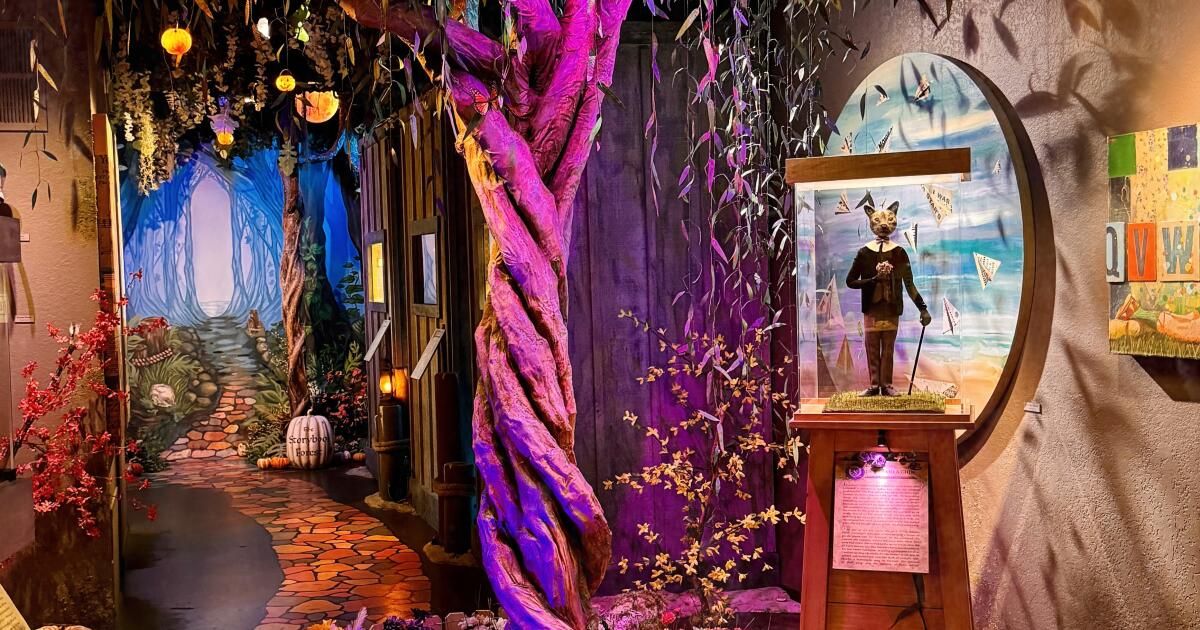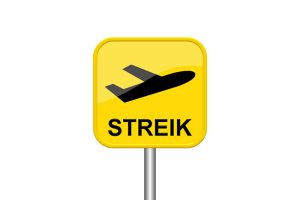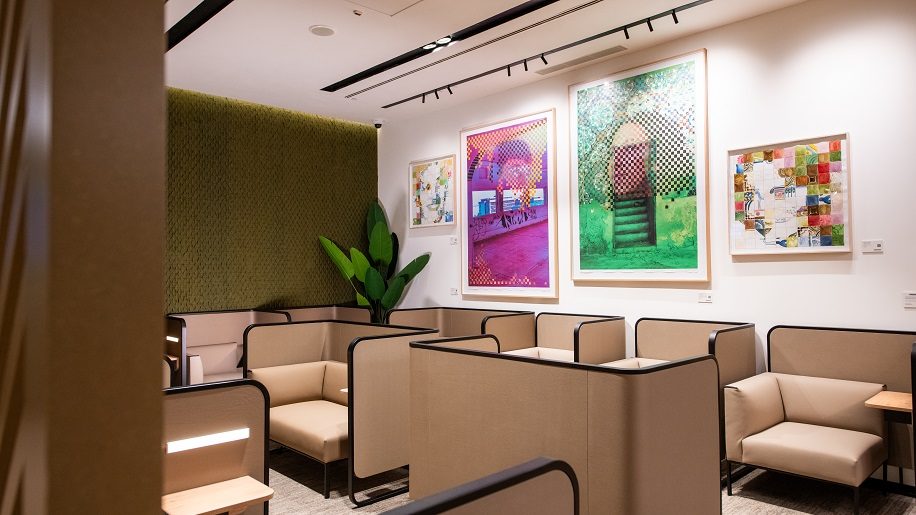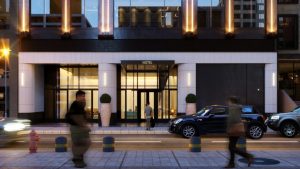With a playful spirit and a sense of child curiosity, it may not surprise that the Make Beliel Museum Museum, called capricious, is instantly attractive to a young audience. The space of the beach of Laguna, a love letter of 1,000 square feet to Fairy Tales, is a country of the fantastic and mystical wonders, where the fables of lost love, the ghostly pets and the irresistible greed is counted through miniature and east facilities and art of edges.
However, its founders had a different audience in mind.
“We built it for adults,” says Museum of Make Believe Amy Mitchell, who opened the space with her long -standing partner, Geoff Mitchell, just over a year ago. “The first week we were open, we were surprised that we had children who came, children's hordes.”
Fantastic puppets made of ceramics and felt splash the landscape inside the Make Believe Museum.
(The Make Believe Museum)
Soothing and handmade, to train at the Make Believe Museum, it feels similar to entering an old playground, although their creations are modern. It is a fantasy forest that increased, complete with a central tree and felt and ceramic sculptures of felines and canines elegant dresses. Only this dream country is dedicated to timeless stories covered with life lessons.
While they are designed to be relatives, the narratives take advantage of the focus of fairy tales of yesteryear, that is, they can be dark and decidedly heartbreaking, despite a cozy dragon with attenuating emerald eyes among the first elements found by the guests.
When Amy and Geoff adjusted to a younger audience, they made some small adjustments. Up Mini Fences, since much of the art in the Make Believe Museum is fragile. Most of the pieces were designed by Geoff, a good artist who has exhibited in multiple galleries and museums, including the Museum and Cultural Center of Muzeo in Anaheim. Amy estimates that the couple spends about two or three hours every night repairing paint and foam. But it is worth it, she says.
“I don't want to lose the charm of handmade,” says Amy.
The appeal of all ages of the museum is a testimony of the eternal approach of the couple's narratives, who handle difficult life moments with a fantasy nature, but never take their hand. I beat in a story, “The Hourglass”, a story of a love of decades for another that was unanswered until the final moments of life.
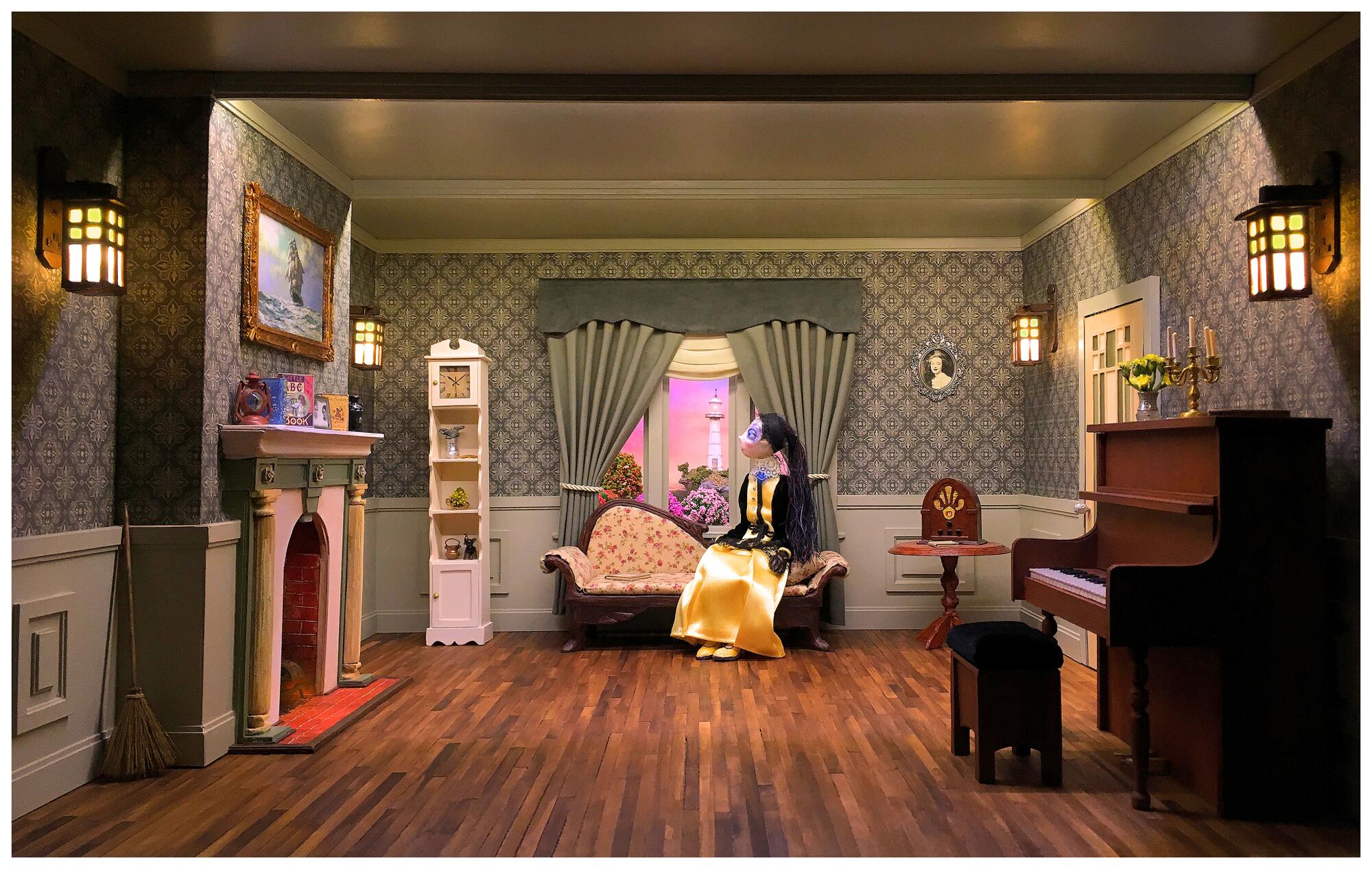
Fairy tales in the Make Believe Museum are counted through very detailed dioramas.
(The Make Believe Museum)
It is not a completely uncommon reaction to some of the stories within the Make Believe Museum. There are moments, for example, that touch the loss of a pet.
“We had a lady who entered during our first months of being open,” says Amy, whose stories tend to melancholy. “He sat on his back and cried for 15 minutes. He came alone and said:” I wasn't really prepared for this, but I needed it. “
Cathartic, but also emblematic of a simple story, and a reminder that fairy tales are not only hopeful threads of a happy forever. They are narratives that take advantage of the universalities of life and help us to make sense of the world around us. And the Make Believe Museum is partly the result of a tension in Geoff's art: his love, for example, of folklore and Disneyland, but the fear that he enters into those trends to betray a desire to be a serious artist.
“I went to the Colegio de Art and Design of Minneapolis,” says Geoff. “It was very conceptual, and it was very strict. If you were going to make art, its intention was to be beautiful, which was beauty for the good of beauty, you probably have a very good reason why you are doing that, but entertainment was poorly seen … It probably took 15 years decide:” Oh, to hell, I'm just going to do what I want to do. ”
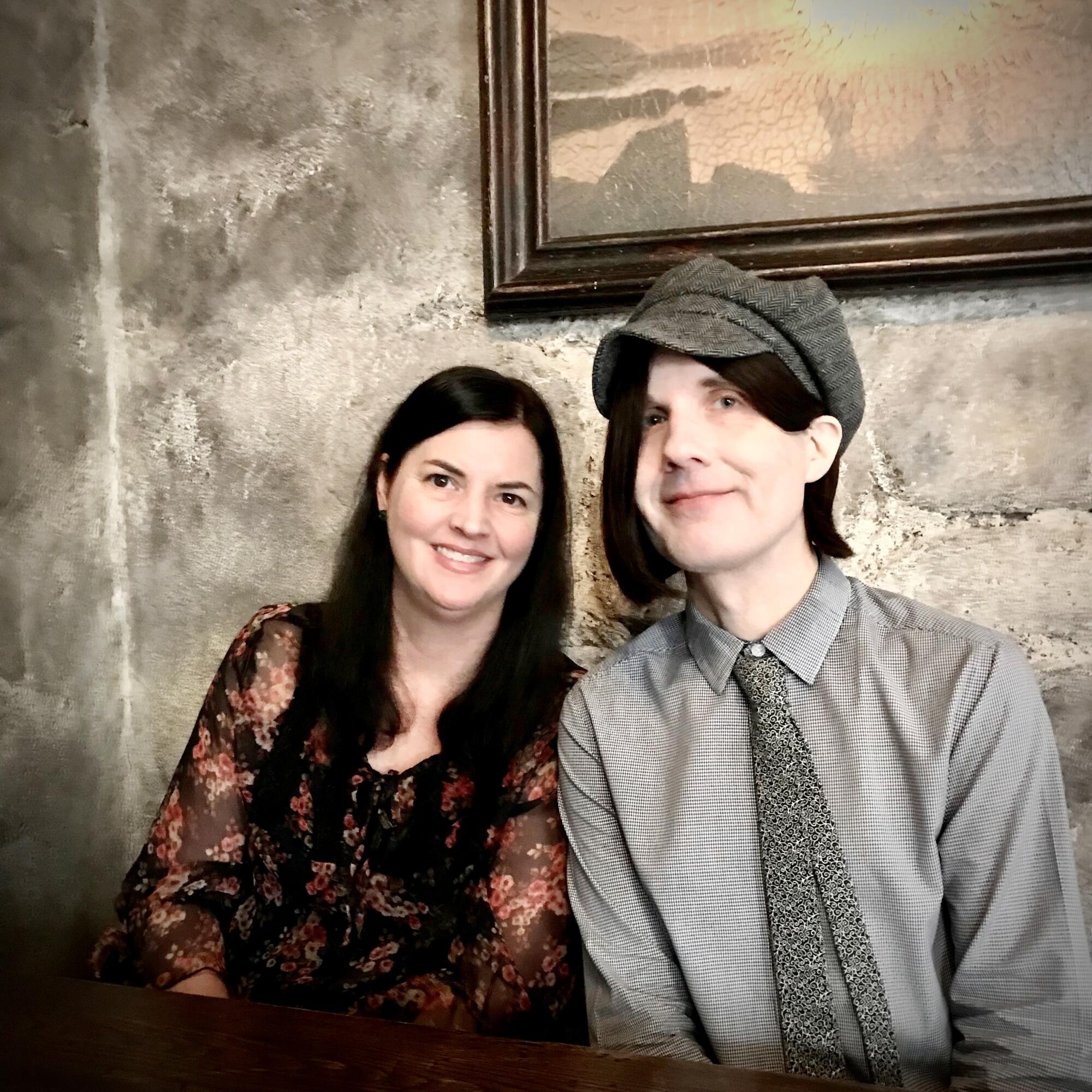
Amy and Geoff Mitchell met when they were teenagers. Now in their 50 years, the Make Beliek Museum of Laguna Beach has begun.
(Courtesy of Amy Mitchell)
Amy and Geoff, the high school boyfriends who met in their adolescence in Gulfport, Miss., They are today in their 50s, and the Make Believe Museum has become a love work. Run as a non -profit organization, the two do not take a salary of space, since each penny again realizes their dreams of expansion. The couple has great plans, with the hope of a larger delighted forest and even one day a fashionable soda source. That is also the reason why Amy maintains her daily work, a regional admission director for Emerson College. The two recently left their apartment for a long time in Anaheim, a Disneyland mile, Amy emphasizes regret, to be closer to the museum.
Ultimately, they think of the Make Believe Museum as something similar to an art gallery, a pocket version of, for example, what Meow Wolf tries to do with their transfording spaces with everything. They are working hard to make each explorable square inch, creating, at the time of the interview, a sand castle to be hidden in the bathroom.
Although cozy, one must expect to spend between 60 and 90 minutes inside the Make Believe Museum. There is a mission, with a light puzzle to resolve, that encourages the guests to carefully read each of the five main fairy tales and carefully look at their dioramas. Each installation is full of details: mini-vintage radios, small works of art on the walls and cases full of tools of escalated spirituality. Some of the fables, such as “The Lockt”, are counted in multiple parts, their history of a humble marine merchant and the charm and dangers of wealth extend between multiple screens and a lighthouse.
“Fairy tales are like poems,” says Amy. “Both the stories of ghosts and fairy tales also have a moral. I like that idea. I like a small lesson, if you want to take it.”

A cheerful dragon greets the guests inside the Make Believe Museum.
(The Make Believe Museum)
The art of Geoff masks any sense of time or place. There is an experimental and bordering experimental streak of his work, one that describes how to marry the Beatles version about the psychedelia of the 60s with Disneyland's vision of “Alicia in Wonderland”. Animal puppets, for example, are cheerful and strangely formal.
“I think there is a nostalgia and a sentimental,” says Geoff when asked why humans are still attracted to fairy tales. “Not in a silly way. But they are ghost stories.”
They feel, he says, as part of a collective memory.
And yet, in the heart of the Make Believe Museum, there is an underlying belief that dreams come true. I left with a small rock, a “tomorrow's stone”, in which a parchment declared my “most affectionate dream, the greatest desire and the best desire” would happen if I kept the gem once a day. I revealed Amy and Geoff to grab the stone now is part of my morning routine.
The Make Believe Museum
There is no laugh.
Amy says that “stone of tomorrow” is an extension of what she called her “dream box”, which he had acquired on a journey to the Grand Canyon with his father. Every day, she wanted the Make Believe Museum to come true, and finally the couple received a subsidy that allowed them to make their vision.
And so, the couple behind the Make Believe Museum leaves with a promise: “Tell us when it comes true,” says Amy.

